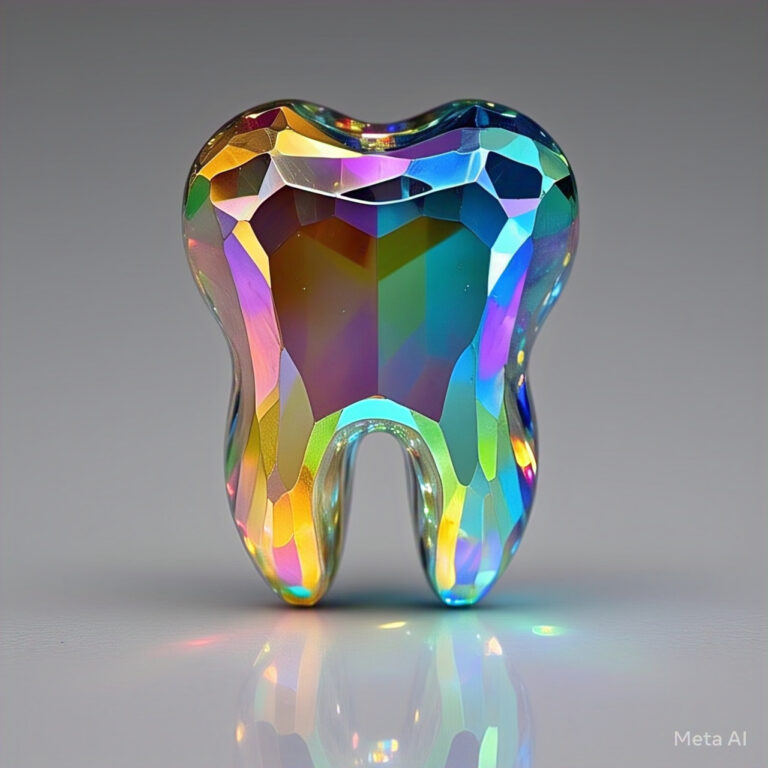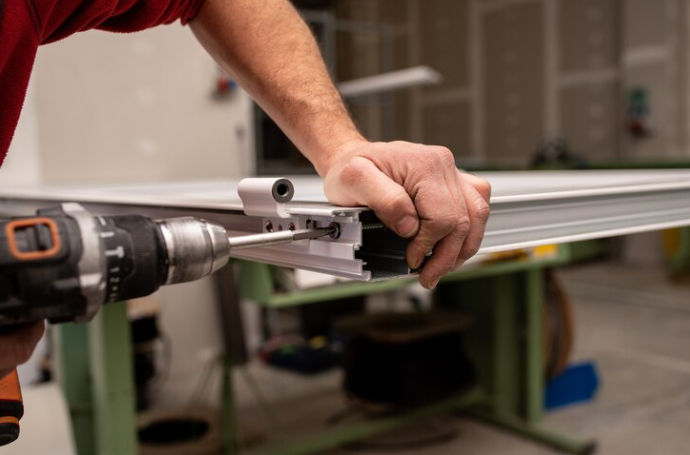Deep cleaning carpets is a crucial household chore, especially as we approach the summer months. This season brings not only a change in weather but also an increase in indoor and outdoor activities, which can lead to more dirt and allergens being trapped in your carpets. Deep cleaning your carpets during summer has multiple benefits: it removes accumulated dirt, allergens, and stains more effectively than regular vacuuming, improves air quality, and revitalizes the appearance of your home.
Benefits of Summer Carpet Cleaning
A professional carpet cleaner says: “Summer is an ideal time for this task because the warmer temperatures can aid in faster drying times, and the increased ventilation from open windows helps to quickly dissipate any chemical smells from cleaning products. Furthermore, cleaning your carpets in the summer prepares your home for the year ahead, ensuring that the environment remains clean, healthy, and welcoming. Engaging in a comprehensive carpet cleaning session not only prolongs the life of your carpets but also transforms the aesthetic and hygienic condition of your living space, setting a fresh and clean foundation for the rest of the year.”
Pre-Cleaning Preparations
Before diving into the deep cleaning of your carpets, proper preparation is essential to ensure an efficient and effective cleaning process. Preparing your space and gathering the right tools and supplies are critical steps that can make a significant difference in the outcome.
Steps to Prepare Your Space
- Remove Furniture: Clear the area as much as possible to expose all sections of the carpet. This will allow you to clean thoroughly without missing spots under furniture.
- Identify Stain Types: Examine your carpet for any stains and identify their types—such as oil, wine, or mud—as different stains may require specific treatments.
- Protect Wall Corners and Baseboards: Place corner guards or towels to protect walls and baseboards from equipment scuffs or cleaning solutions.
Tools and Supplies Needed
- Vacuum Cleaner: Essential for removing surface dirt and debris before the application of any wet cleaning methods.
- Carpet Cleaning Machine: Whether renting or purchasing, choose a cleaner that fits your carpet type and cleaning needs.
- Cleaning Solutions: Depending on the method you choose, you may need specific shampoos or solvents designed for carpets.
- Brushes and Sponges: For spot cleaning and applying manual effort to stubborn stains.
- Fans or Air Movers: Helpful for reducing drying time after cleaning.
Gathering these tools and preparing your space not only streamlines the cleaning process but also prevents potential damage during cleaning. Additionally, it allows for a more thorough clean, ensuring that all areas of the carpet are addressed.
Choosing the Right Cleaning Products
Selecting the appropriate cleaning products is vital for the safety of your carpets and the overall effectiveness of the cleaning process. The choice between natural and chemical cleaners can influence not only the health of your carpet but also the indoor air quality of your home.
Criteria for Selecting Carpet Cleaning Products
- Carpet Material Compatibility: Check if the product is suitable for your carpet’s material (wool, synthetic, etc.) to avoid damage.
- Eco-Friendliness: Consider environmentally friendly products that are less harmful to the environment and your health.
- Effectiveness for Specific Stains: Some products are formulated for general cleaning, while others are targeted at specific types of stains like pet stains or heavy traffic areas.
- Residue: Choose products that leave minimal or no residue to prevent rapid re-soiling of the carpet.
Natural vs. Chemical Cleaners
- Natural Cleaners: These include homemade solutions using vinegar, baking soda, or lemon juice. They are safer for children and pets, generally more environmentally friendly, and can be effective for light stains and maintenance cleaning.
- Chemical Cleaners: Commercially available chemical solutions often offer more power against tough stains and deep-seated dirt. However, they can be harsher on the carpet fibers and might emit fumes that require good ventilation.
It is crucial to read product labels and reviews when choosing carpet cleaners. If possible, test the product on a small, inconspicuous area of the carpet to check for any adverse reactions. This step ensures that you select the most effective and safest cleaning product for your specific carpet cleaning needs, aligning with your household’s health considerations and environmental values.
The Role of Vacuuming
Thorough vacuuming is a crucial step before engaging in any wet cleaning processes. It removes surface dirt and debris, preventing it from turning into mud when mixed with cleaning solutions, and it also helps to fluff up the carpet fibers, allowing deeper cleaning agents to penetrate more effectively.
Importance of Thorough Vacuuming Before Washing
- Removal of Solid Particles: Vacuuming picks up dust, hair, crumbs, and other solid particles that can hinder the effectiveness of carpet shampoos and steam cleaners.
- Preventing Damage: By removing these particles, you reduce the risk of them becoming abrasive under a cleaning machine, which can damage carpet fibers.
Tips for Effective Vacuuming
- Multiple Passes: Especially in high-traffic areas, go over the same spot several times from different directions to pick up as much debris as possible.
- Use Attachments: Utilize the different attachments that come with your vacuum cleaner for edges, corners, and under furniture, where dirt accumulates significantly.
- Adjust Settings: If your vacuum has settings for different pile heights, adjust accordingly to ensure optimal suction and protection for your carpet fibers.
- Empty Often: Make sure to empty the vacuum canister or replace the bag frequently to maintain strong suction and efficiency throughout the cleaning process.
Effective vacuuming sets the stage for successful deep cleaning by preparing the carpet and ensuring that the subsequent wet cleaning methods are as efficient as possible. This step cannot be overlooked if you aim for the best cleaning results, as it directly influences the ease and effectiveness of the entire deep cleaning process.
Techniques for Deep Cleaning
Deep cleaning a carpet goes beyond the surface level, targeting embedded dirt, odors, and allergens. Various methods can be used, each suitable for different types of carpets and levels of soiling. Understanding these techniques will help you choose the most effective approach for your needs.
Different Methods for Deep Cleaning Carpets
- Steam Cleaning (Hot Water Extraction): This method involves injecting hot water and cleaning solution into the carpet under high pressure and then extracting it along with loosened dirt. It’s highly effective for most carpet types and is often recommended by manufacturers.
- Dry Cleaning: Utilizing chemical compounds that dissolve dirt, which is then vacuumed up. This method is quick and requires no drying time, making it suitable for commercial settings or households that cannot wait for carpets to dry.
- Shampooing: Carpets are cleaned using a foamy chemical, which is scrubbed into the carpet with a brush machine and then vacuumed away once dry. This method can leave residues if not done properly.
- Encapsulation: After applying a foam that encapsulates dirt particles as it dries, the dried crystals containing dirt are vacuumed away. This method uses less water and has a quicker drying time than steam cleaning.
How to Choose the Best Method for Different Carpet Types
- Natural Fibers: Such as wool, often require more gentle methods like dry cleaning to prevent shrinkage and damage.
- Synthetic Fibers: Can typically withstand more rigorous methods like steam cleaning, which can effectively remove dirt and allergens.
- High Traffic Areas: May benefit from methods that offer deep cleaning capabilities, such as steam cleaning or an initial shampoo followed by hot water extraction.
When selecting a deep cleaning technique, consider your carpet’s material, the level of soiling, your environmental concerns (like water use and chemical exposure), and how long you can allow for the carpet to dry. Each method has its pros and cons, and choosing the right one will depend on your specific circumstances and needs. This understanding ensures that your carpets are not only clean but also maintained in a manner that prolongs their life and appearance.
Stain Removal Tips
Effective stain removal is a key aspect of carpet cleaning that can help maintain the appearance and longevity of your carpets. Whether you opt for DIY solutions or professional products, understanding how to treat different types of stains can make a significant difference.
How to Handle Common Carpet Stains
- Immediate Action: The sooner you address spills, the less likely they are to set into permanent stains. Blot liquids with a clean, dry cloth or paper towel; never rub as this can spread the stain or push it deeper into the fibers.
- Identify the Stain Type: Knowing whether a stain is from oil, wine, coffee, or mud can determine the best cleaning approach. Different substances react differently to cleaning agents.
- Specific Treatments: For instance, club soda can be effective on wine stains, while a solution of vinegar and water can help lift coffee stains.
DIY Solutions vs. Professional Products
- DIY Solutions: Homemade remedies often use common household items like baking soda, vinegar, and hydrogen peroxide. These can be effective for mild to moderate stains and are generally safer and more eco-friendly.
- Professional Products: These are formulated for more robust cleaning power and can tackle tougher, set-in stains. They are particularly useful in high-traffic areas or where stains have not been promptly addressed.
Application Techniques
- Testing First: Always test any cleaner on a hidden area of the carpet to ensure it does not cause discoloration or damage.
- Application: Apply cleaning solutions to a cloth rather than directly onto the carpet to control the amount used and prevent saturation of the carpet pad.
- Blotting: Continue to blot with a clean section of cloth to lift the stain; frequent changes to a clean cloth can prevent re-depositing the stain on the carpet.
Whether using DIY methods or professional products, the right approach to stain removal is essential. This not only ensures effective stain removal but also helps in maintaining the structural integrity and appearance of the carpet fibers. Knowing how to properly remove different types of stains can save your carpets from permanent damage and keep







